
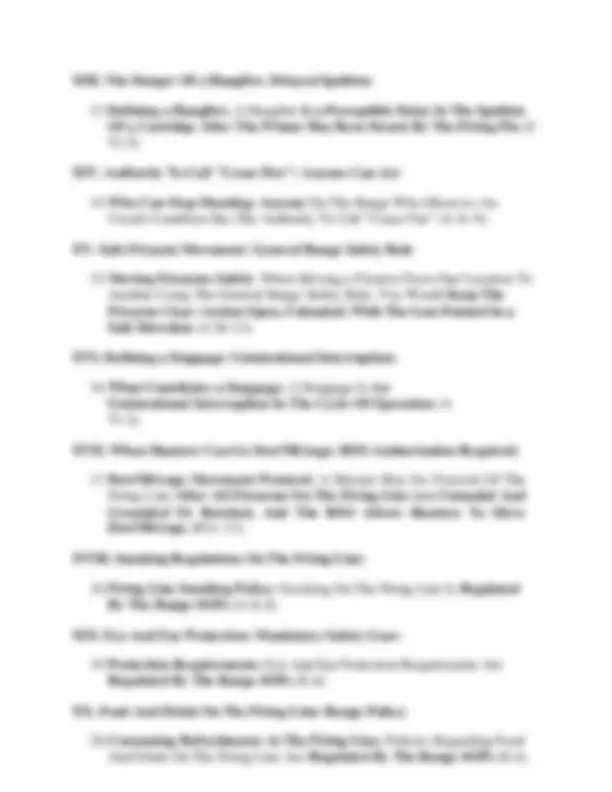
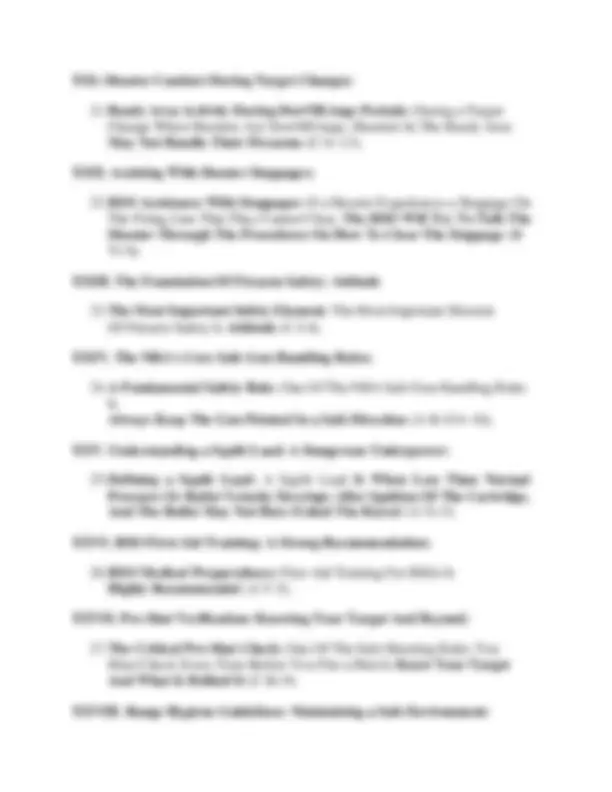
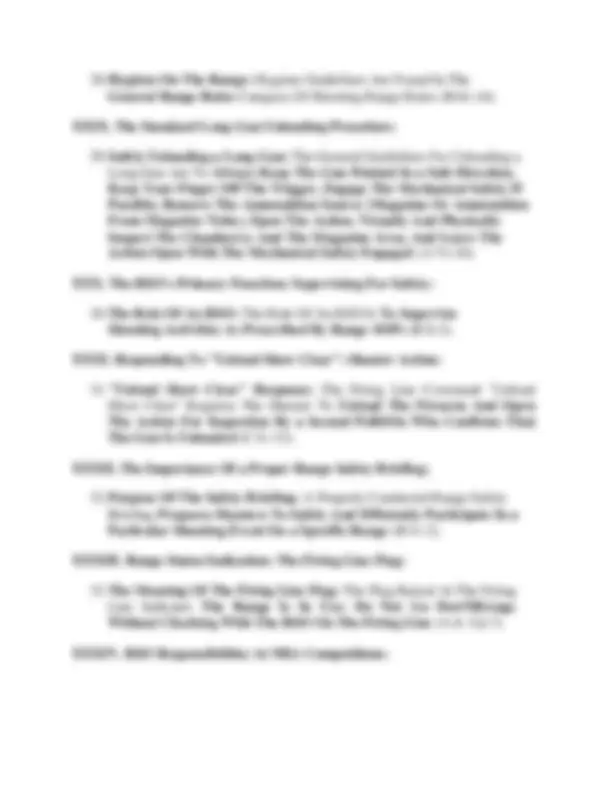
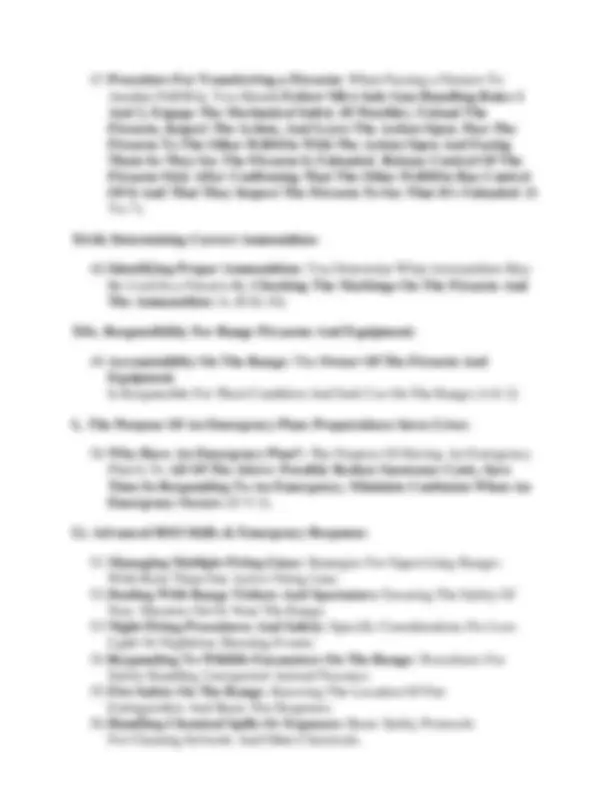
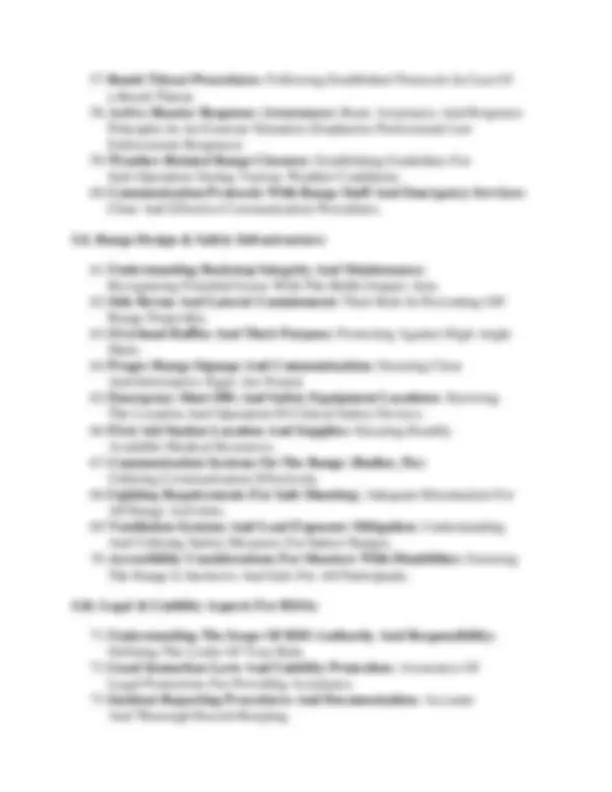
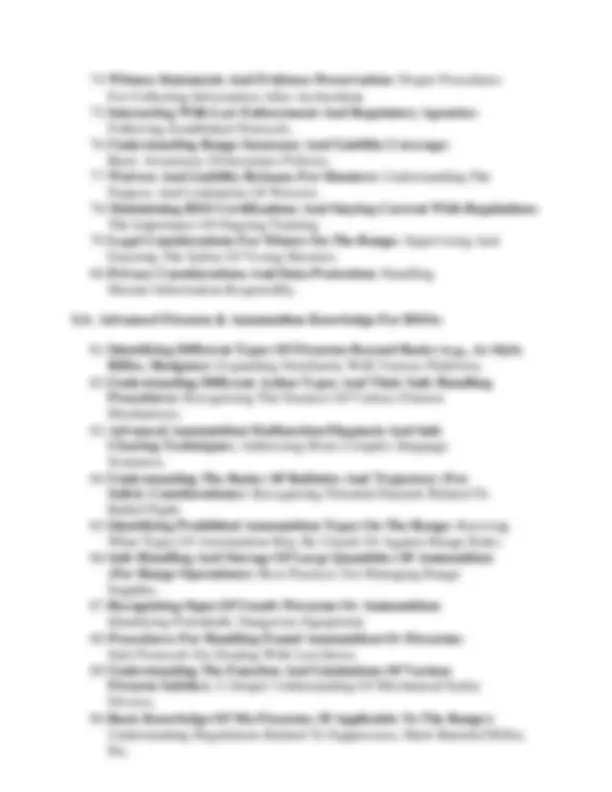


Study with the several resources on Docsity

Earn points by helping other students or get them with a premium plan


Prepare for your exams
Study with the several resources on Docsity

Earn points to download
Earn points by helping other students or get them with a premium plan
Community
Ask the community for help and clear up your study doubts
Discover the best universities in your country according to Docsity users
Free resources
Download our free guides on studying techniques, anxiety management strategies, and thesis advice from Docsity tutors
NRA basic RSO Test Key Exam/100 Complete Q’s and A’s
Typology: Exams
1 / 12

This page cannot be seen from the preview
Don't miss anything!







Become a Knowledgeable RSO: Essential Range Safety Procedures I. Pre-Live Fire Range Inspection: Your Safety Checklist
VI. When In Doubt: Consulting The SOP:
XXI. Shooter Conduct During Target Changes:
Xl. Assisting With a Broken Or Malfunctioning Firearm:
Lv. RSO Professional Development & Communication Skills: